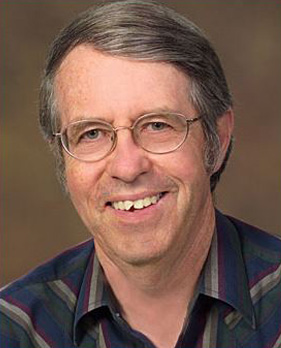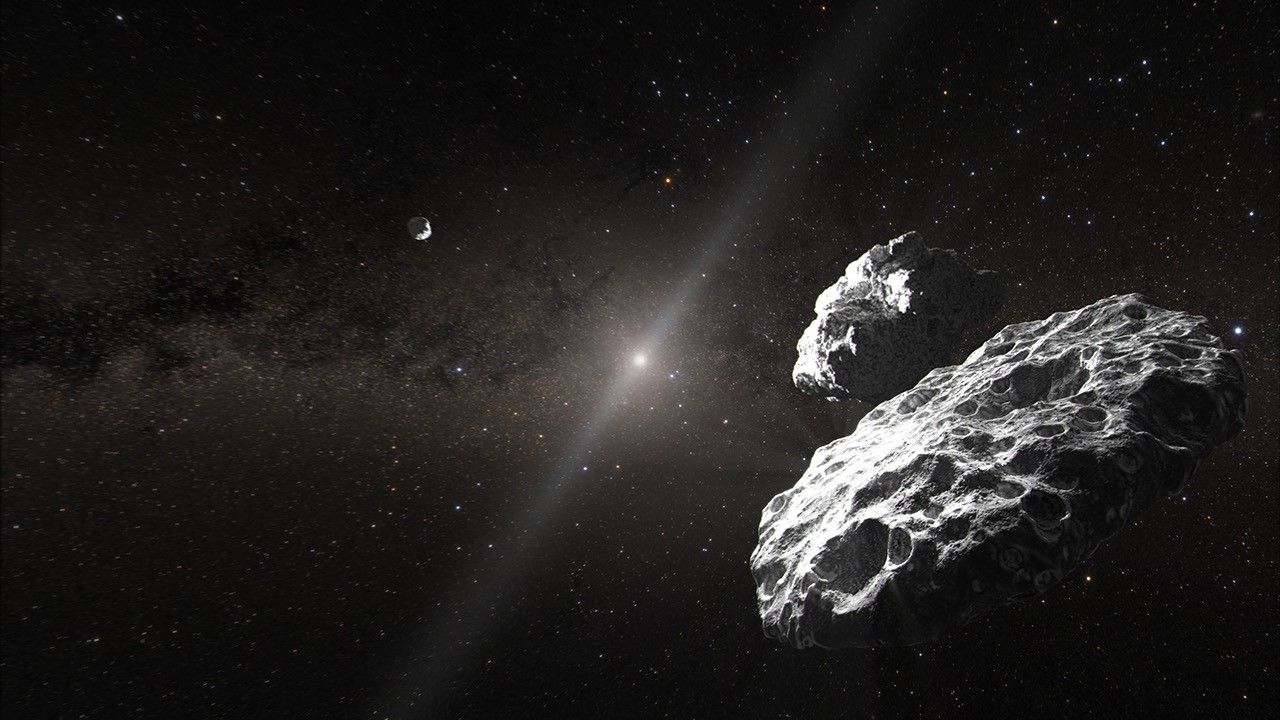
George Rieke – MIRI Science Team Lead, UA
Mid-Infrared Instrument (MIRI) Science Team Lead, University Of Arizona (UA)
George Rieke is ‘Regents’ Professor of Astronomy and Planetary Sciences at the University of Arizona, Tucson, and serves as the science team lead for the James Webb Space Telescope’s Mid-Infrared Instrument (MIRI).
Rieke’s parents were physicists and his mother was one of the first women to get a Ph.D. in astronomy, so he likes to say that it was only natural that he wanted to become an astrophysicist. He built himself a telescope while going to high school in a southern suburb of Chicago, but then veered to the physics side at Oberlin College. His thesis was on Tev gamma rays. He has a Ph.D. in Physics from Harvard University, Cambridge, Mass. Soon after he converted to infrared astronomy working for Frank Low; they were among the infrared pioneers at the Lunar and Planetary Laboratory of the University of Arizona, Tucson.
Rieke has made contributions in:
- The starburst phenomenon, where a galaxy’s properties are dominated by a very violent and short episode of star formation.
- The Galactic Center, the “local” prototype for active galactic nuclei.
- The origin of the infrared outputs of other active galactic nuclei.
- Characterizing planetary debris disks, signposts for other planetary systems that cannot be detected in other ways.
- Studying members of our own planetary system, among other topics. He was the Principal Investigator for the Multiband Infrared Photometer for Spitzer (MIPS).
He and his wife Marcia (NIRCam PI) talk a lot about the Webb telescope. In addition, they enjoy travel and photography. Every year they assemble a calendar of travel pictures taken in the previous year and distribute it to their friends on the Webb telescope project.























